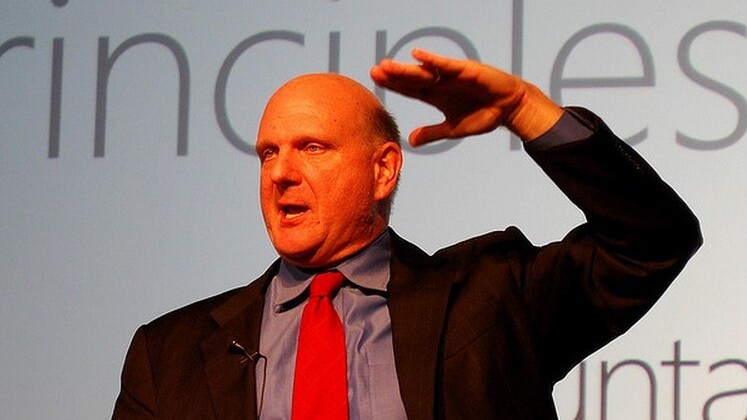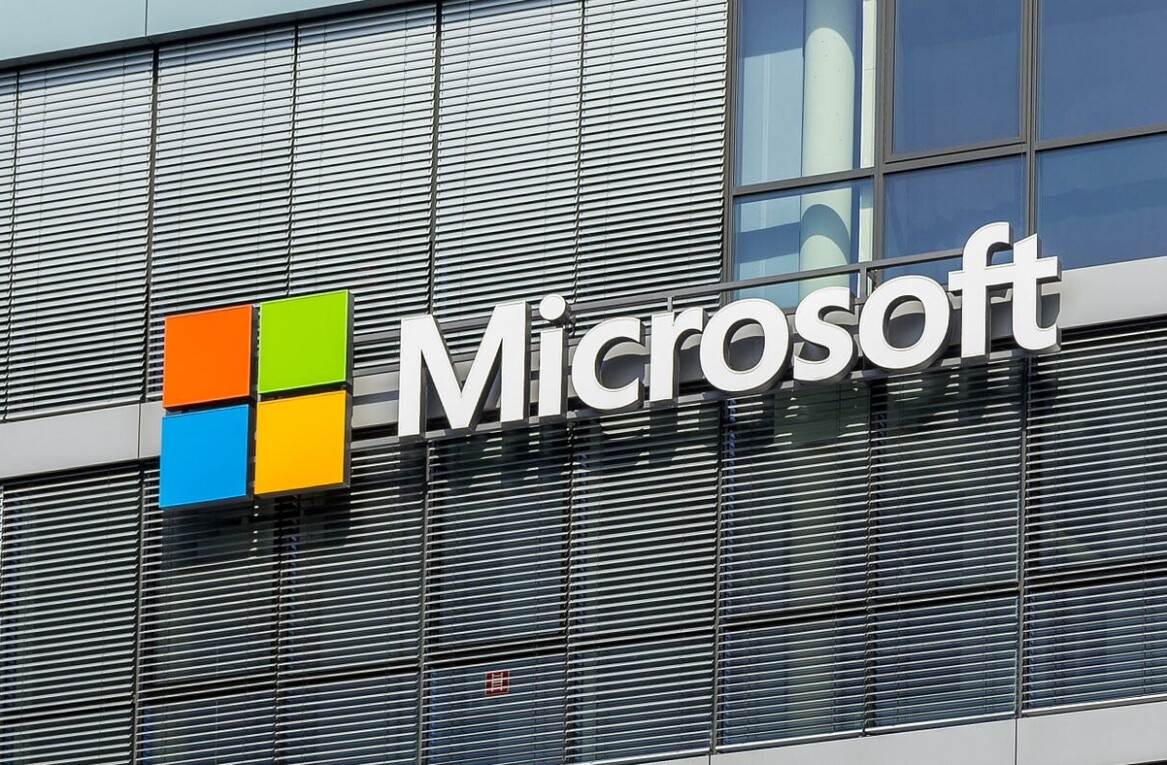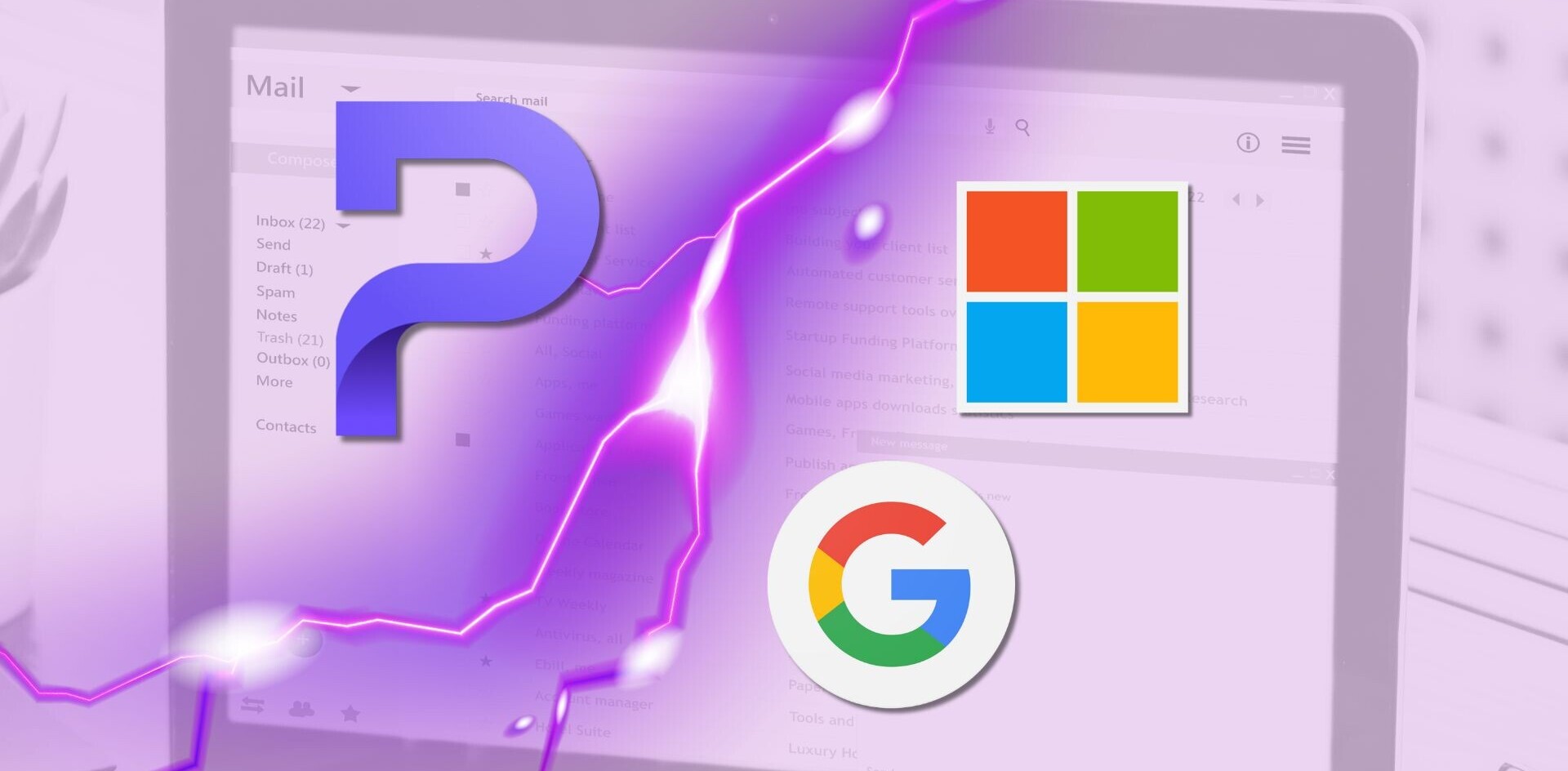
Morning super troopers, I do trust that you are up and about today, pressing on towards the incoming weekend and Super Bowl coma that you richly deserve.
It’s been a nice and lovely week in the realm of Microsoft, giving us several rich veins to mine in this recurring roundup. Ensure that you are following TNW’s Microsoft channel on both Twitter and Facebook, and let’s get into the news.
Windows 8 market share
Good news for Microsoft: Windows 8 now controls 2.36 percent of the PC market. Bad news: Windows 7 slipped for the first time, moving from 45.11 percent to 44.48 percent of the PC market.
That decline of 0.63 almost perfectly mirrors Windows 8’s gain of 0.58 percent in the same period. Interestingly, Windows 8 grew less quickly during January than it did during December. TNW expected that “after all those shiny new PCs get a full month of online usage, but this seems not to be the case.” Still, Windows 8’s moderate advance continues.
As you would expect, our views on Windows 8 remain the same: Not a massive launch, but one that is large enough to propel the operating system as a viable next step for Windows.
Internet Explorer market share
In the third full month of Internet Explorer 10’s life, the browser has passed the 1 percent market share threshold. Internet Explorer as a whole now controls more than 55 percent of the market, picking up an extra 0.37 percentage points in the last month.
Chrome slipped by a massive 0.56 percent, the only major browser to fall. Internet Explorer gaining share, and Chrome ceding it? Who ever thought we would see such a day. Perhaps Microsoft’s quirky ads are working out after all.
Office 365 heads into your home
And lo, Microsoft did turn Office into a service and ye, it did sell it to consumers. Office 365 Home Premium – yes, we know that the name is miserable – will cost consumers $10 a month, or $100 for a year if purchased up front.
It’s the Office 365 that you know: Office 2013 fused with a number of cloud services. It is Microsoft’s attempt to bring Office out of the Era of Boxed Software, and into the future as a service that can be delivered to any device, anywhere.
That said, I want to take a moment and quote Peter Bright of Ars Technica, and friend of TNW, on Office 2013. His perspective this week caused ripples in the Microsoft watching community. His full article is worth reading. The following is presented as foretaste:
Office 2013 doesn’t feel like it’s had two and a half years of work on it.
Office 2010 and 2013 are very similar. That’s alarming, because the environment into which they were released has changed substantially. Office 2010 was released to manufacturing (RTM) on April 10, 2010; Office 2013 was completed two and a half years later, on October 11, 2012.
That Office 2010 RTM date came a week after the launch of the iPad. The iPad didn’t change everything, but it did usher in an important new class of device: the tablet. Tablets are of considerable importance to Microsoft, both threat and opportunity, and the company had plenty of time to adapt its popular productivity suite to take advantage of the new environment. Microsoft has made bold strides to bring Windows into the tablet era. Office should have been a part of that vision, but it isn’t; indeed, I’m not sure the Office team even recognizes the vision.
He has a point.
Gmail won’t cripple on your Windows Phone device
Great news Windows Phone users: At the last moment, Google decided to extend its support of Google Sync until July 31st, giving Microsoft time to build out suppose for its CalDAV and CardDAV systems.
In effect, this means that use of Gmail and its calendar and contact systems on your Windows Phone device will continue, presuming Microsoft manages to launch an over-the-air-update to its line in keeping with Google’s requirements.
Have a strong coffee, and get the hell out of the office.
Top Image Credit: Aanjhan Ranganathan
Get the TNW newsletter
Get the most important tech news in your inbox each week.





